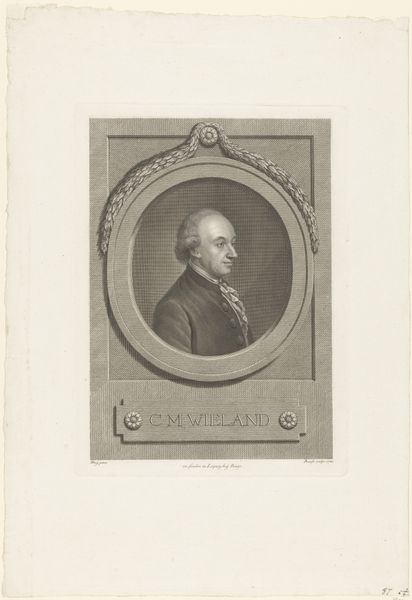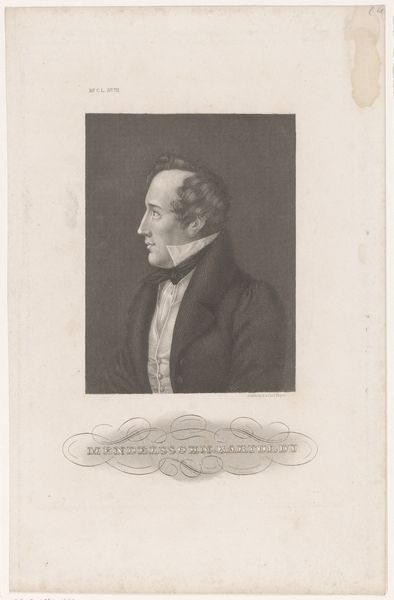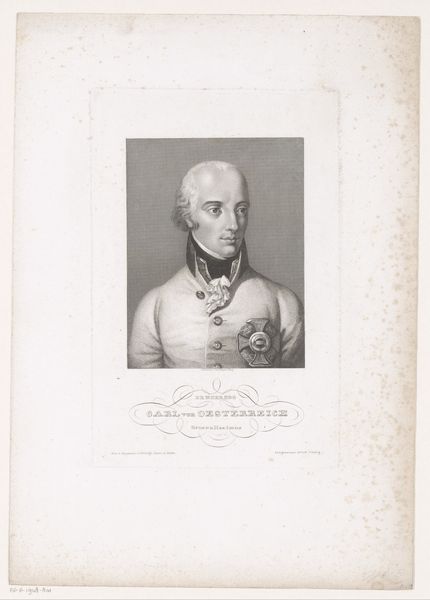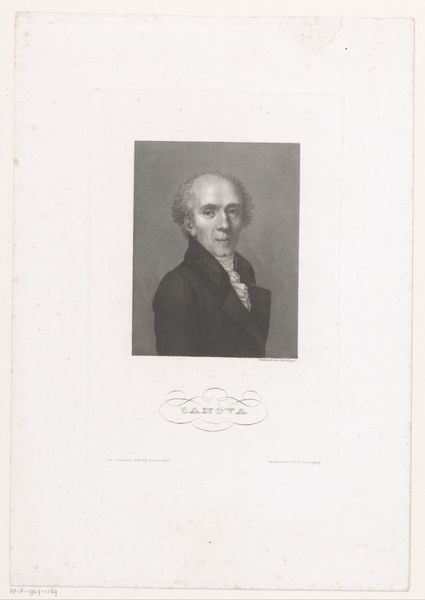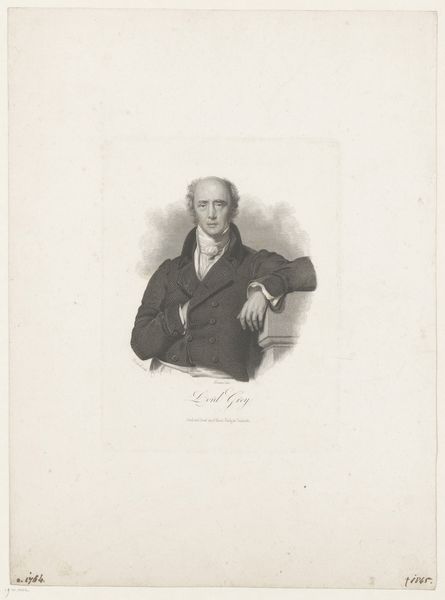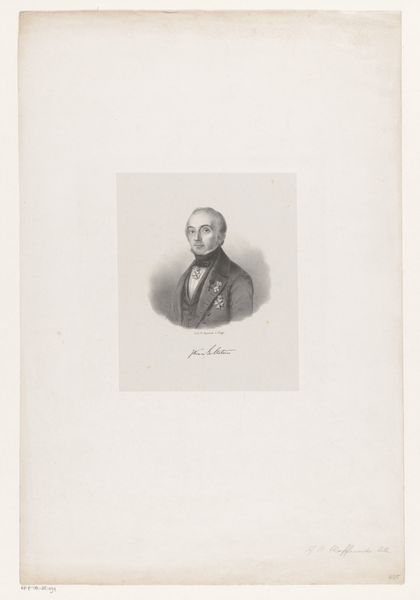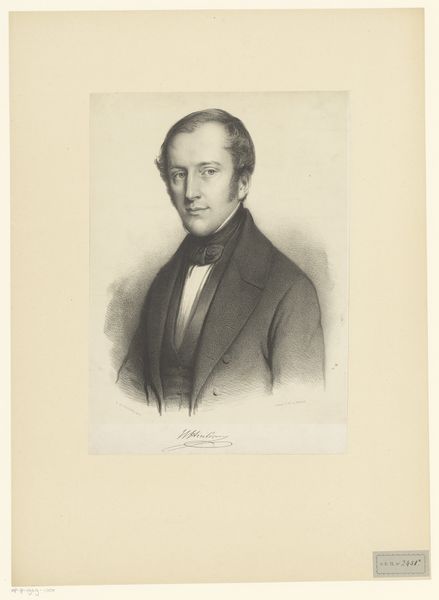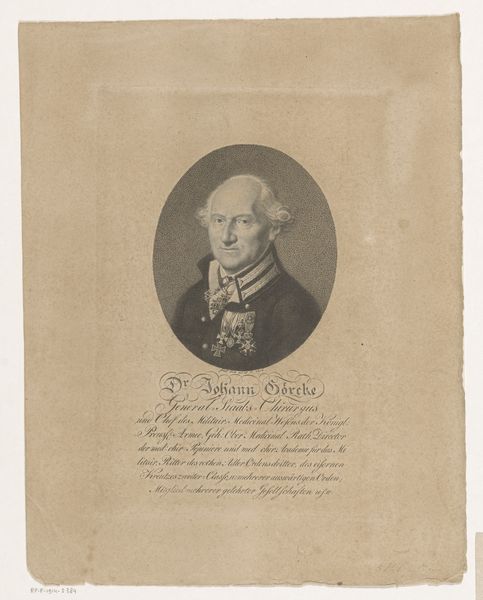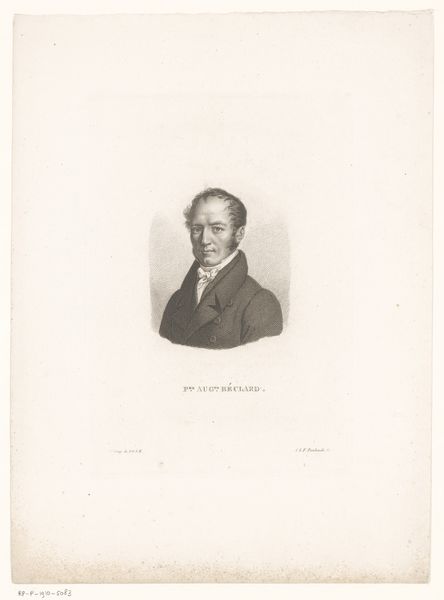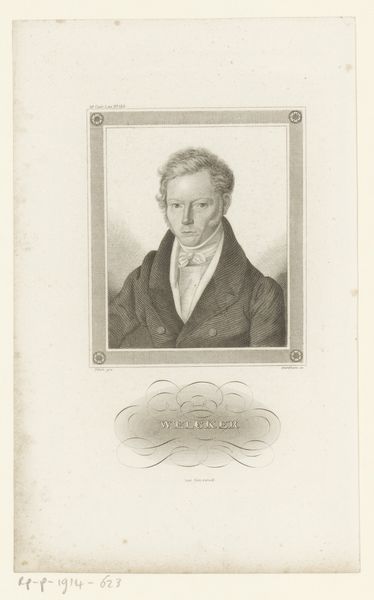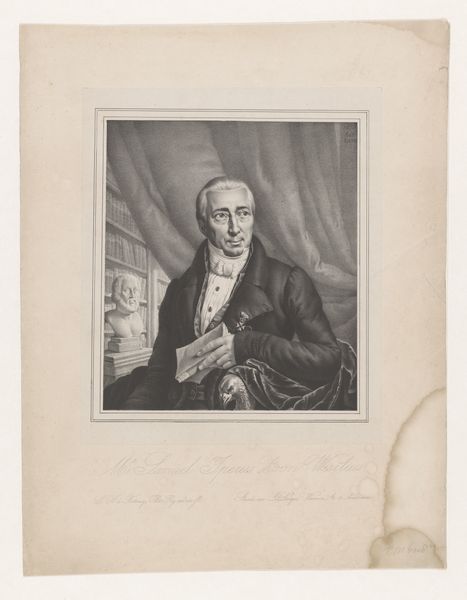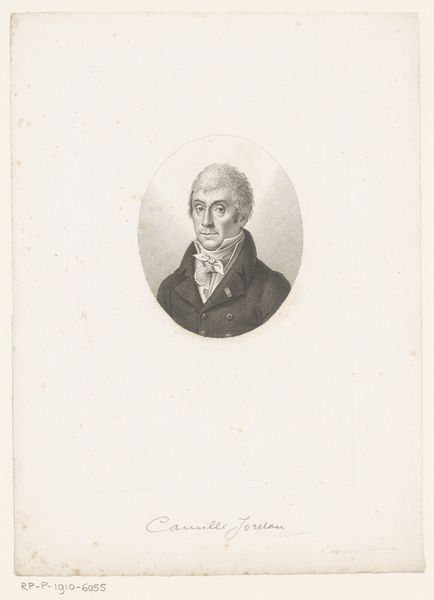
print, etching, engraving
#
portrait
# print
#
etching
#
old engraving style
#
history-painting
#
engraving
#
realism
Dimensions: height 240 mm, width 150 mm
Copyright: Rijks Museum: Open Domain
Curator: Let's take a moment to look at this engraving. It’s a print called "Portret van Charles Grey," dating from somewhere between 1840 and 1855, made by Johann Georg Nordheim. Editor: It feels... restrained. I get a sense of contained power, like a coiled spring. The shading is meticulous, almost scientific, which reinforces that air of control. Is it just me, or does he look slightly mournful, too? Curator: He does. The style, leaning heavily into realism, suggests a desire to capture not just the man’s likeness but perhaps something of his essence. Notice how the light catches the edges of his jacket, delineating form, creating the shadow under his brow, hinting at untold stories. Prints such as these often served a didactic purpose, reminding those viewing of moral standing. Editor: You know, there's a melancholy in those old portraits, isn’t there? They strike me as more profound than just mementos. The formality—the rigid pose, the somber attire—almost seems to function like armor, which ironically creates an incredible sense of vulnerability in him. Do you get that impression too? Curator: I think that's astute. Portraiture in this period was often about conveying status, but there's a psychological element too. His gaze is directed outward, yet it doesn’t quite meet the viewer's, giving him an introspective aura. His position would need to evoke respect while showing personality, especially important as Grey held significant positions within government. He notably served as Prime Minister of the UK during the 1830s. Editor: It's intriguing how much a few lines etched onto a plate can evoke. It really transcends the purely representational. I’m leaving here today, contemplating what other symbols lie hidden just below the surface of my own everyday life. Curator: Precisely, images often work beyond the constraints of words; symbols have power to act beyond understanding. Thank you.
Comments
No comments
Be the first to comment and join the conversation on the ultimate creative platform.

